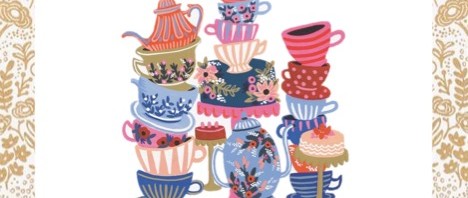Bonjour! Are you a “Beauty and the Beast” fan? Do the adaptations of Belle’s character intrigue you? Are prized like free movie tickets something you’re after? If you answered “yes” to any of these questions, then you should definitely be our guest this Friday at our event: “Transformation of Beauty: The Evolution of an Icon.” You’re invited to enjoy this tale as old as time with us as we provide insight on the various versions of Belle’s character and how …
Continue reading “Transforming the “Beauty” in “Beauty and the Beast””
